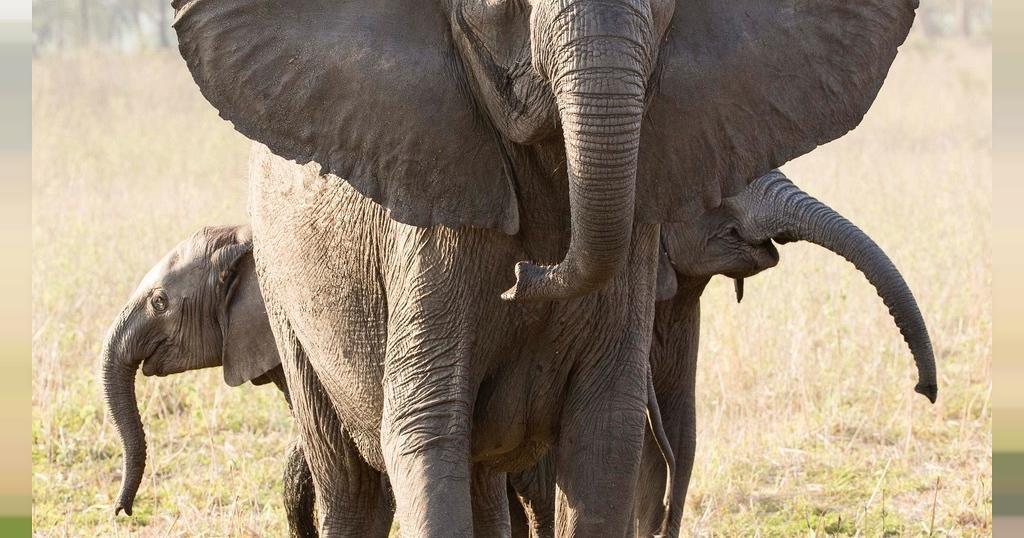Africa-Press – Mozambique. An academic study published in the journal ‘Science’. led by Shane Campbell-Staton and Brian Arnold, has found that the harvesting and poaching of wildlife now occur on such a scale that they can be considered selective drivers for evolutionary adaptation.
For the authors, “understanding the evolutionary consequences of wildlife exploitation is increasingly important as harvesting becomes more efficient”.
The study notes that “the selective killing of species that bear anatomical features such as tusks and horns is the basis of a multibillion-dollar illicit wildlife trade” and that mega-herbivores are especially vulnerable to overharvesting because of their large habitat requirements, small population sizes, and long generation times.
The study points out that warfare is associated with intensified exploitation and population declines of wildlife throughout Africa, and that organised violence has long been intertwined with the ivory trade. By way of example, it investigates the effects on African savanna elephants of ivory poaching during the war of destabilisation in Mozambique.
In particular, it looks at elephants in the Gorongosa National Park where the population was decimated following the arrival of Renamo fighters supported by soldiers from apartheid South Africa. The study finds that, as the elephant population recovered following the signing of the Rome General Peace Accords in 1992, a relatively large proportion of females were born tuskless.
Looking at historical video footage and contemporary sightings, the investigators saw that the decline of the elephant population by over ninety per cent was accompanied by an increase in the frequency of tuskless females from under 18 per cent to over fifty per cent. No record of tuskless male elephants within Gorongosa National Park exists. Further exploration confirms this trait to be sex-linked and related to specific genes that generated a tuskless phenotype more likely to survive in the face of poaching.
For the authors, “this study provides evidence for rapid, poaching-mediated selection for the loss of a prominent anatomical trait in a keystone species”. It concludes that “poaching resulted in strong selection that favoured tusklessness amid a rapid population decline”.
In 1972 the elephant population in Gorongosa was estimated to be 2,542, which dropped to 242 at the end of the century. However, there is some good news. According to the Gorongosa National Park, the population now stands between 800 and a thousand.
For More News And Analysis About Mozambique Follow Africa-Press






